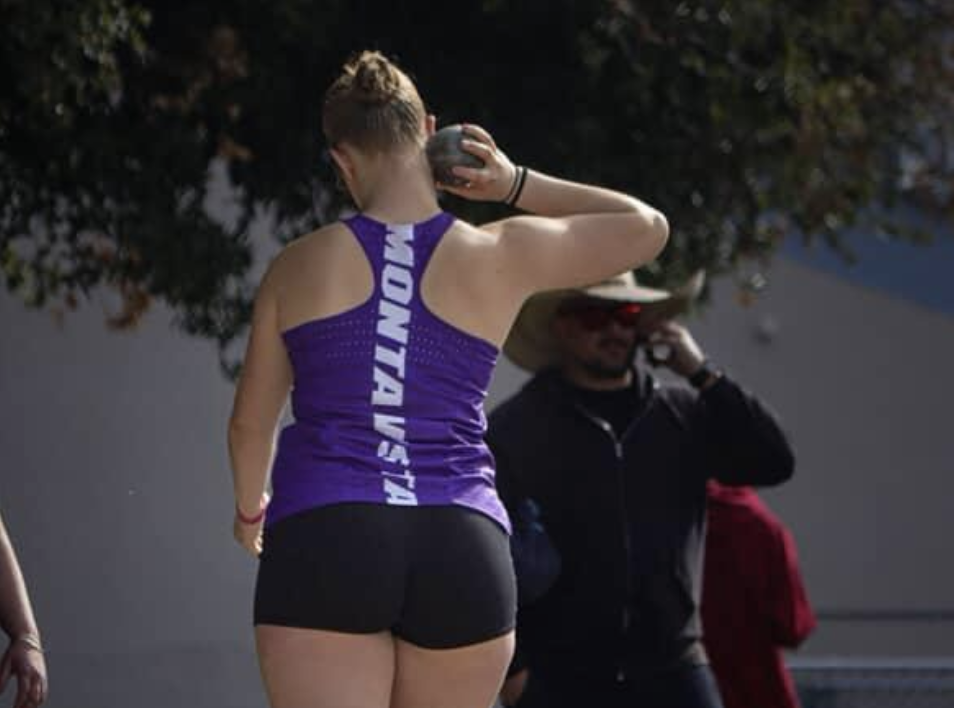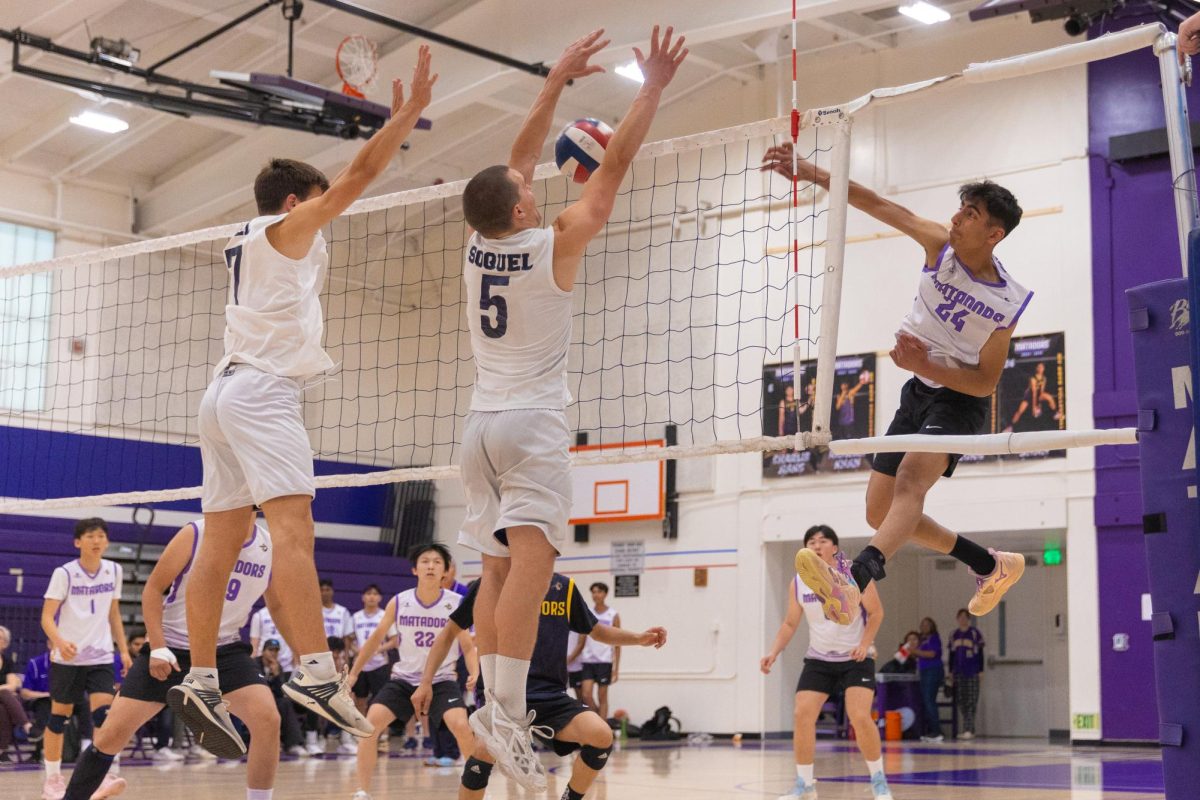Throughout the competitive world of sports, the nutrition industry has largely centered its products and marketing strategies toward male athletes, sidelining the unique dietary needs of women. This disparity is further exacerbated by the rise of social media trends, where platforms like TikTok and Instagram are filled with unverified advice and one-size-fits-all products, these quick-fix solutions come from influencers on social media marketing products. Instead of always providing optimal guidance, these trends can sometimes spread misinformation and practices that may not fully address the specific nutritional and performance needs of female athletes.
According to athletic trainer Myesha Taylor, the way nutrition products are marketed on social media often takes advantage of societal perceptions of gender. She explains that women are often drawn to fad diets and diet products they encounter on social media. Taylor says that this marketing strategy banks on the assumption that women will want to try high-protein products promoted for men, thinking that if it works for men it must work for them too. Meanwhile, products marketed for women athletes are unlikely to attract male athlete consumers, reinforcing the industry’s decision to focus its campaigns on male athletes.
“I think it’s a marketing strategy that causes women to try high protein diets,” Taylor said. “Protein intake is based on weight and so the diet is prescribed for the average male. If we try that diet at that diagnosed height and weight, women may actually gain weight, and we don’t fit that average male height and weight. Marketing is not going to explain that you need to adjust it according to your height. They’re just trying to sell a product.”
Junior Rahil Kanuga, a part of the research team for the sports non profit Athlete HQ, also highlights how social media and marketing often promote products, such as protein powders, that haven’t been thoroughly tested. He believes that this leads athletes and individuals to try sports nutrition trends on social media that are not the healthiest for them.
“Companies target this toward people that don’t really know as much information about it and then they’ll go and buy these products,” Kanuga said. “There’s a lot of ingredients that haven’t been tested properly, and companies put it in your food. You don’t know what you’re putting in your body, but you want to know what you’re putting in your body, especially when you’re playing these sports or lifting actively.”
Junior and gymnast Kirthana Chandrasekar used to turn to social media for diet and exercise, specifically trying a keto diet in 2020 which was trending on social media. While these platforms provide easy access to information, they frequently promote generalized dietary approaches that may not align with the specific energy demands, hormonal balance and long-term health considerations of female athletes. When Chandrasekar tried this diet, she slowly realized that she did not fully understand the effects the diet could have on her health, which led to unexpected results.
“I followed a keto diet, so I would just eat anything without carbs,” Chandrasekhar said. “It did have a significant impact on my body because I was gaining a lot of muscle, but I wasn’t healthy, and I was also gaining a lot of weight, so it just wasn’t a good diet for me.”
Chandrasekar believes that the media’s narrow focus on men leads to a lack of representation of women’s specific nutritional needs. She highlights how women’s health requirements are not adequately addressed, leaving them to navigate a sea of information that does not cater to their bodies.
“Scientifically, what women need to what males need are completely different,” Chandrasekar said. “I think that the media really tailors towards men and their physique, and they show a physique that we don’t have. And so I feel the media is kind of male-driven and doesn’t majorly represent what women need.”
In order to bridge this disparity, Kanuga believes that athletes who turn to social media for nutrition advice need to fact-check what they see. Kanuga suggests turning to reputable sources to avoid misleading trends.
“Online you’ll find things from college researchers, from different universities, like Johns Hopkins, and colleges will have different medical pages where you can find information about different injuries or products,” Kanuga said. “If you want to look for credible resources, just Google and try to find these universities or clinics that actually put information out about these actual problems.”
Chandrasekar further emphasizes that the solution to this disparity is for the media to provide more accurate and balanced representations of women in fitness. She stresses that more availability of research online is essential to ensure women athletes receive the guidance they need to succeed in their fitness journeys.
“First of all, there needs to be an accurate representation of both genders and less about males and their physiques,” Chandrasekar said. “For women who are doing a lot of exercise, there needs to be more research done for what women actually need. At least for me, I got nutrition plans and I was personally focused on my diet. But I know for some people, they might just get prescribed by a nutritionist a one-fits-all all type diet, and so because of that, they might suffer.”












